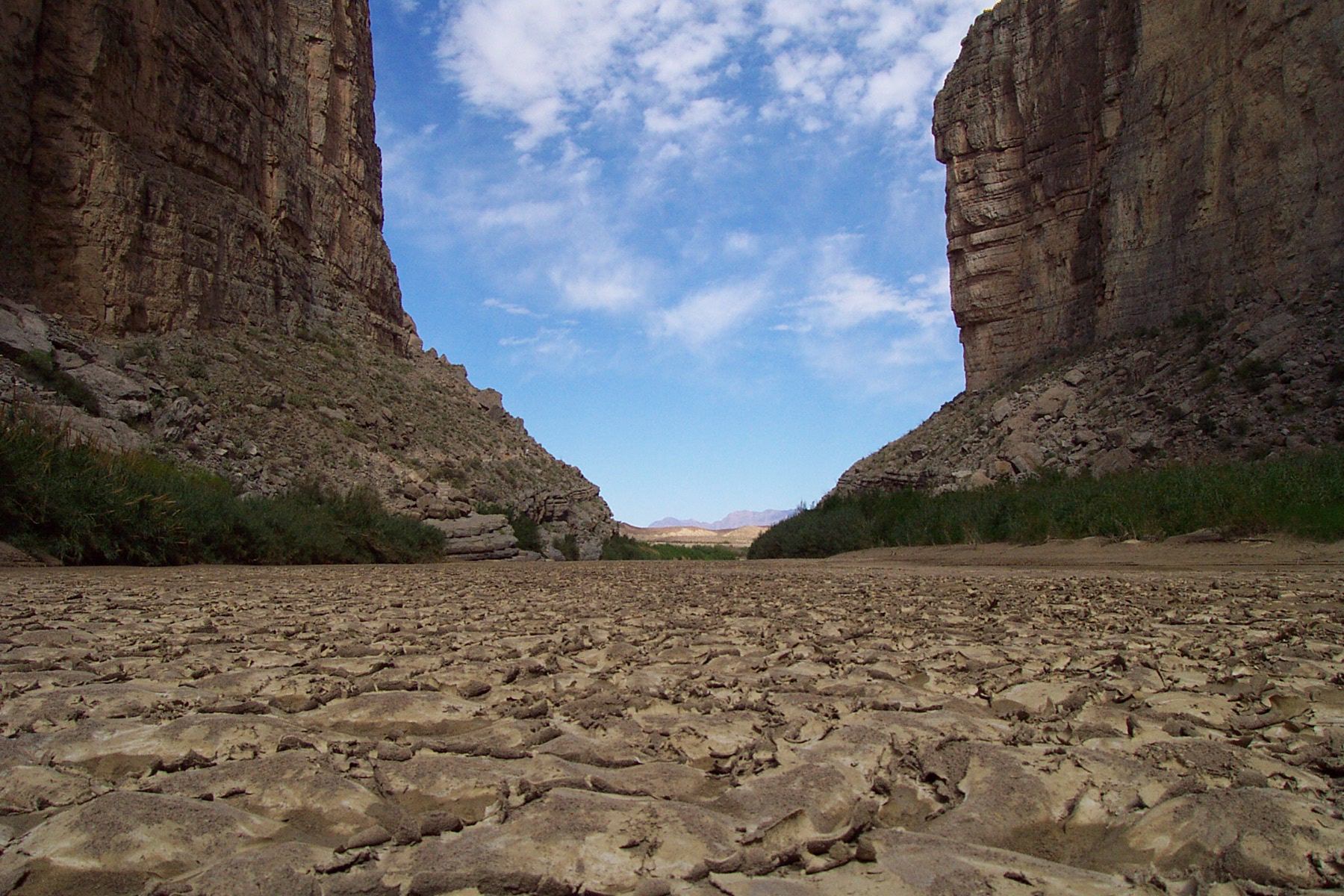If my trip to London and Amsterdam taught me anything, it’s that perhaps I’m not as nonchalant as I thought. I think of myself as hardworking when it comes to academia and my career, but rather chill when it comes to everything else. But on my first trans-Atlantic trip by myself, I learned that in fact, I tend to apply the same obsessive care to travel as I once did to my schoolwork.
After studying British history and literature for four years—and feeling exceptionally excited about all the related sightseeing London has to offer—I arrived there with a detailed itinerary as well as a map of Central London, clearly marked with all my favored destinations. My first mistake, however, was assuming that after a 7-hour overnight flight, I would be in any mood for sightseeing. So, my first day, which originally included a walking tour of the West End, a visit to the National Gallery, and an Ani DeFranco concert, became a short walk in Hyde Park (which, was lovely nonetheless) followed by dinner with a college friend studying in London, and much-needed rest shortly thereafter.


Me and Preanka on the canal cruise.
But the fairytale quickly soured upon my visit to the Anne Frank House Museum. Since it was open until 9 pm on Saturdays, we decided, perhaps unwisely, to make that our final stop of the day. Having grandparents who are Holocaust survivors (and having played Anne Frank in a school play), the house where Anne and her family hid before the Nazis found them, was a crucial part of my desire to visit Amsterdam.
Though I’ve been somewhat numbed to the tragic realities of the Holocaust over the course of my life, this touched me in a newly profound way. It was the combination of being in that house—which preserves an eerie silence—and within that city, which retains the very appearance it had sixty years ago, that left me with a strange sensation. The houses along the canals are almost unbelievably beautiful, but they are also the same homes that housed people who went about their lives while the people in the Annex experienced a daily fear that most of us cannot fathom; the same homes in front of which Germans and Dutchmen alike marched to a flag of the Nazi party.
In America, it’s easier to pretend that the Holocaust was a blip on the radar of modern Western history, and that the past is, well, the past. But being in a place that maintains its old-world charm, but which also retains relics of a life and a people so brutally placed in the past, is undeniably disturbing. There are plaques throughout the city acknowledging the bustling Jewish life that once was, but like all commemorative plaques, are ultimately impotent in their ability to change, or even apologize for what passed.

Being an outsider in these European centers at least allowed me to be one thing that I never am in New York—an unabashed tourist: to pull out my map when I want to, to ask directions when I need to, and to walk for the sake of walking, and not for the sake of getting somewhere. That’s a lesson I know will be useful on the road trip: to be able to be a tourist even in my own country, and to get to learn the place as only a tourist can.


